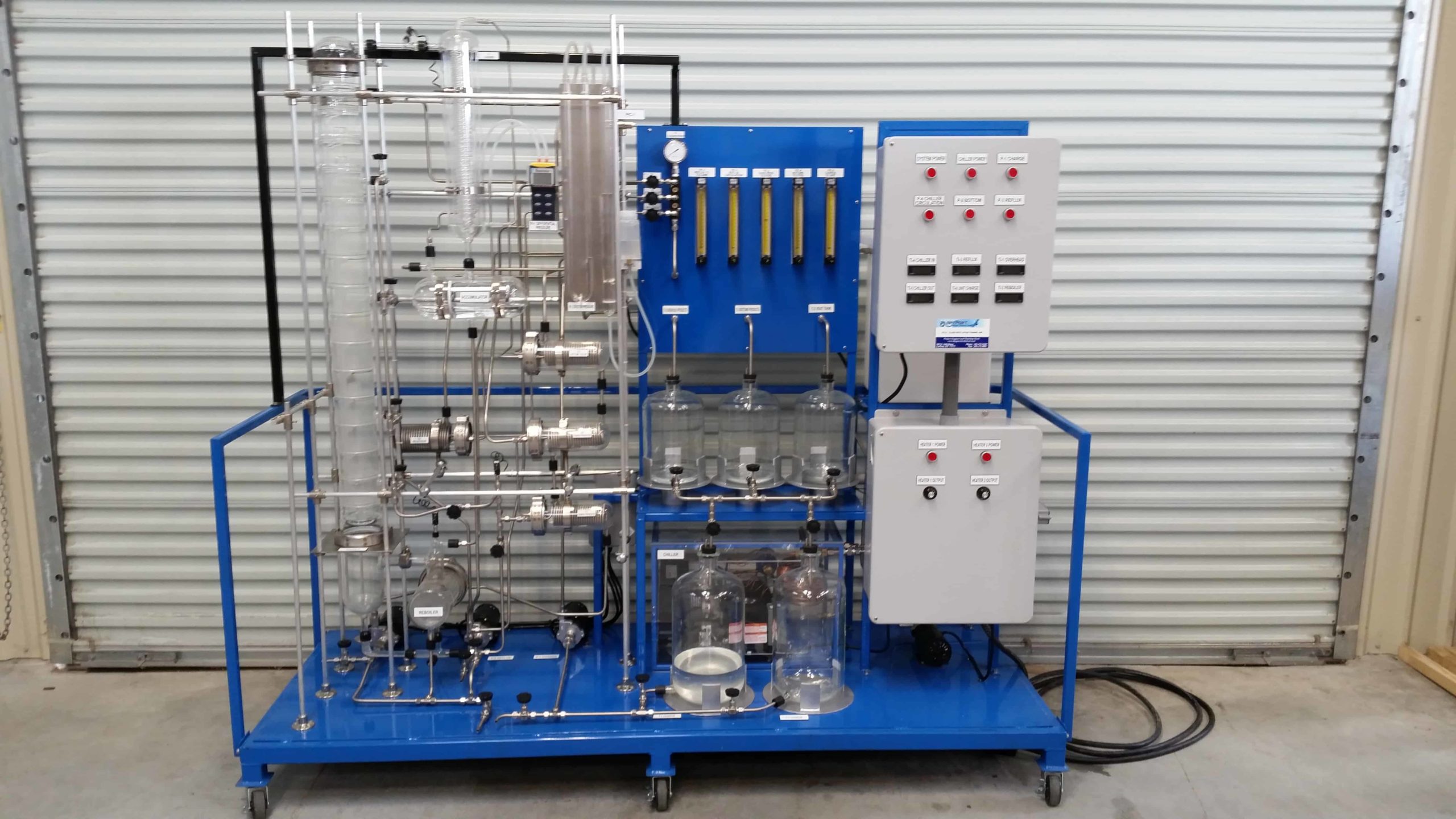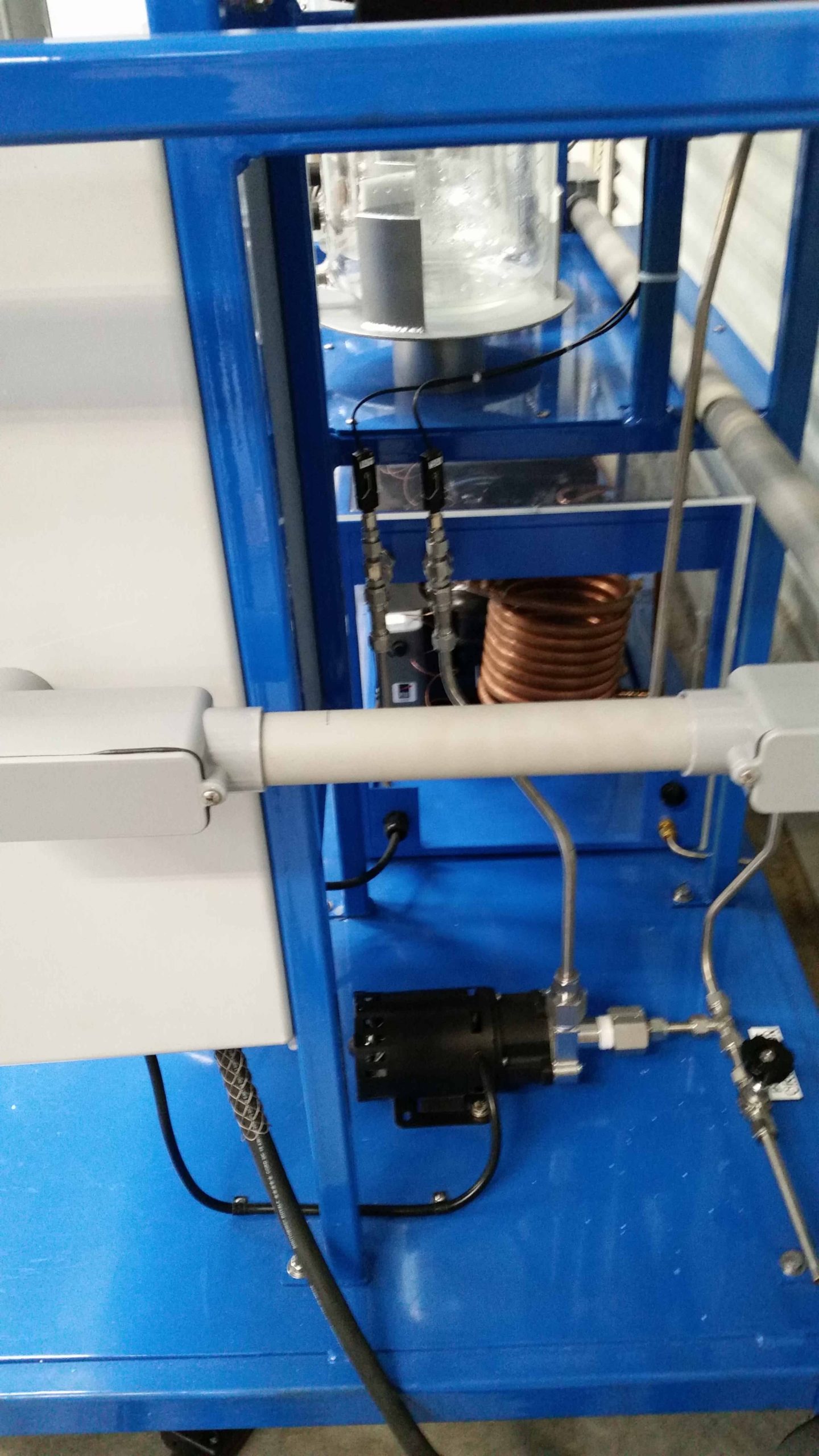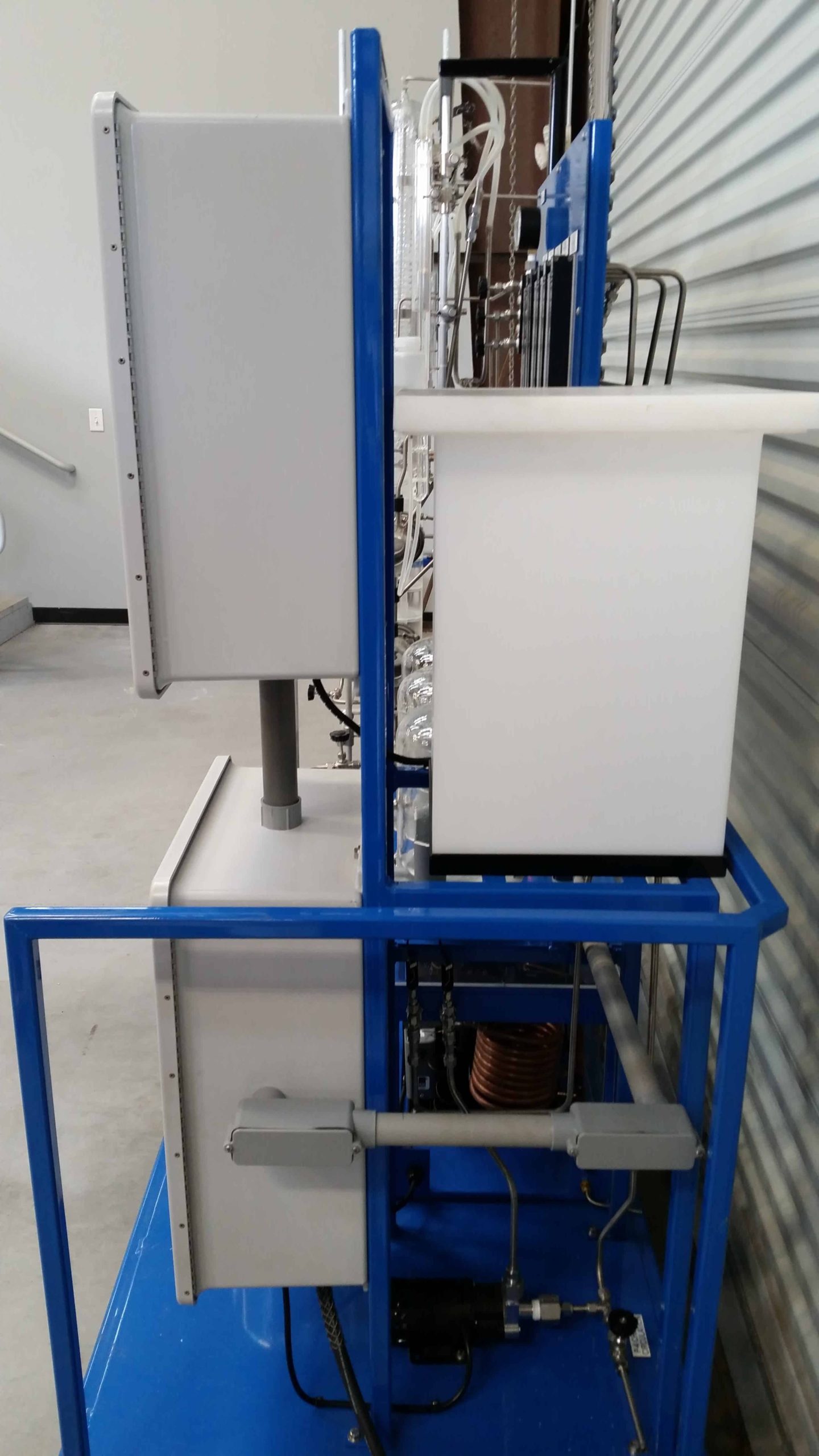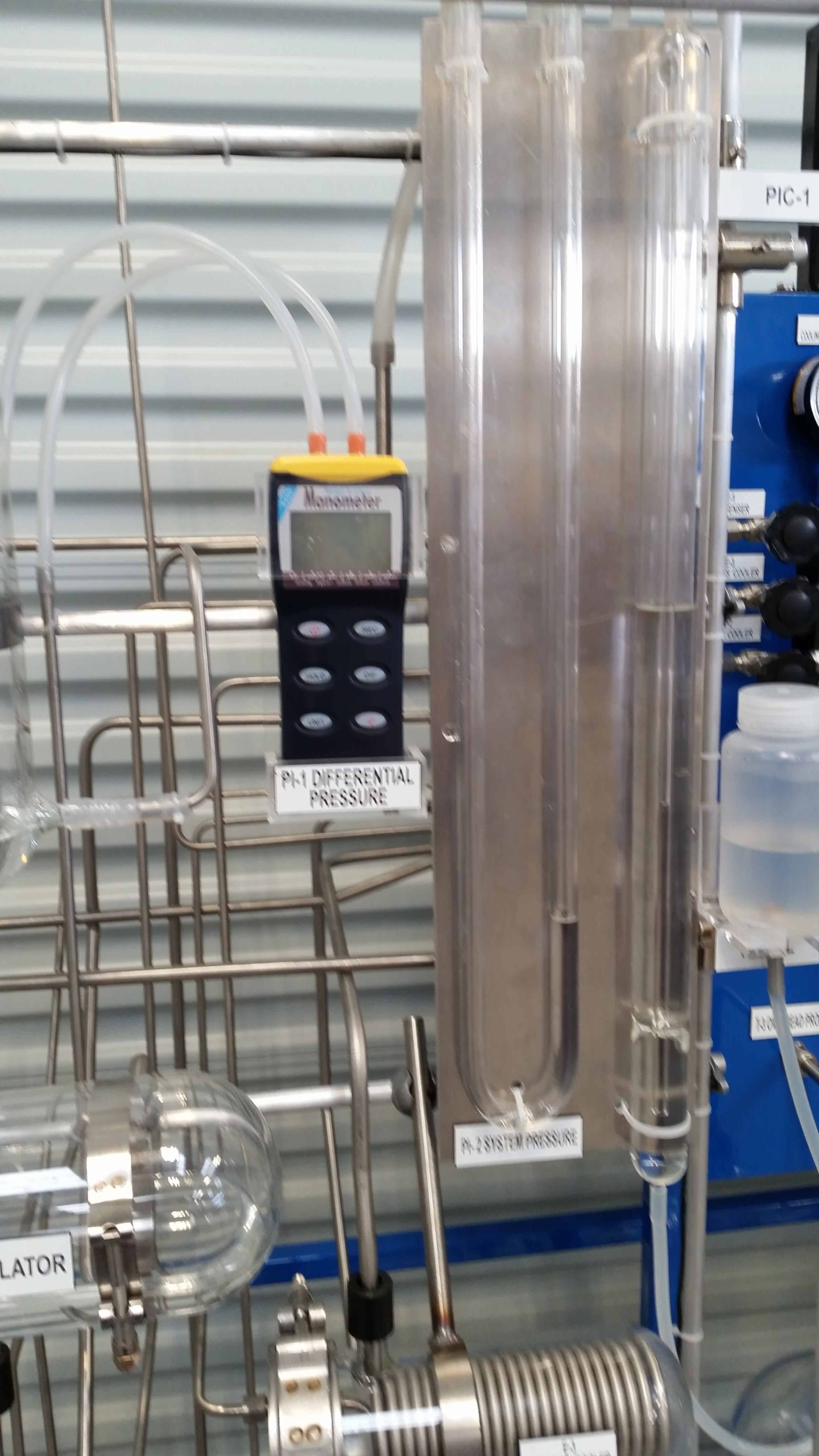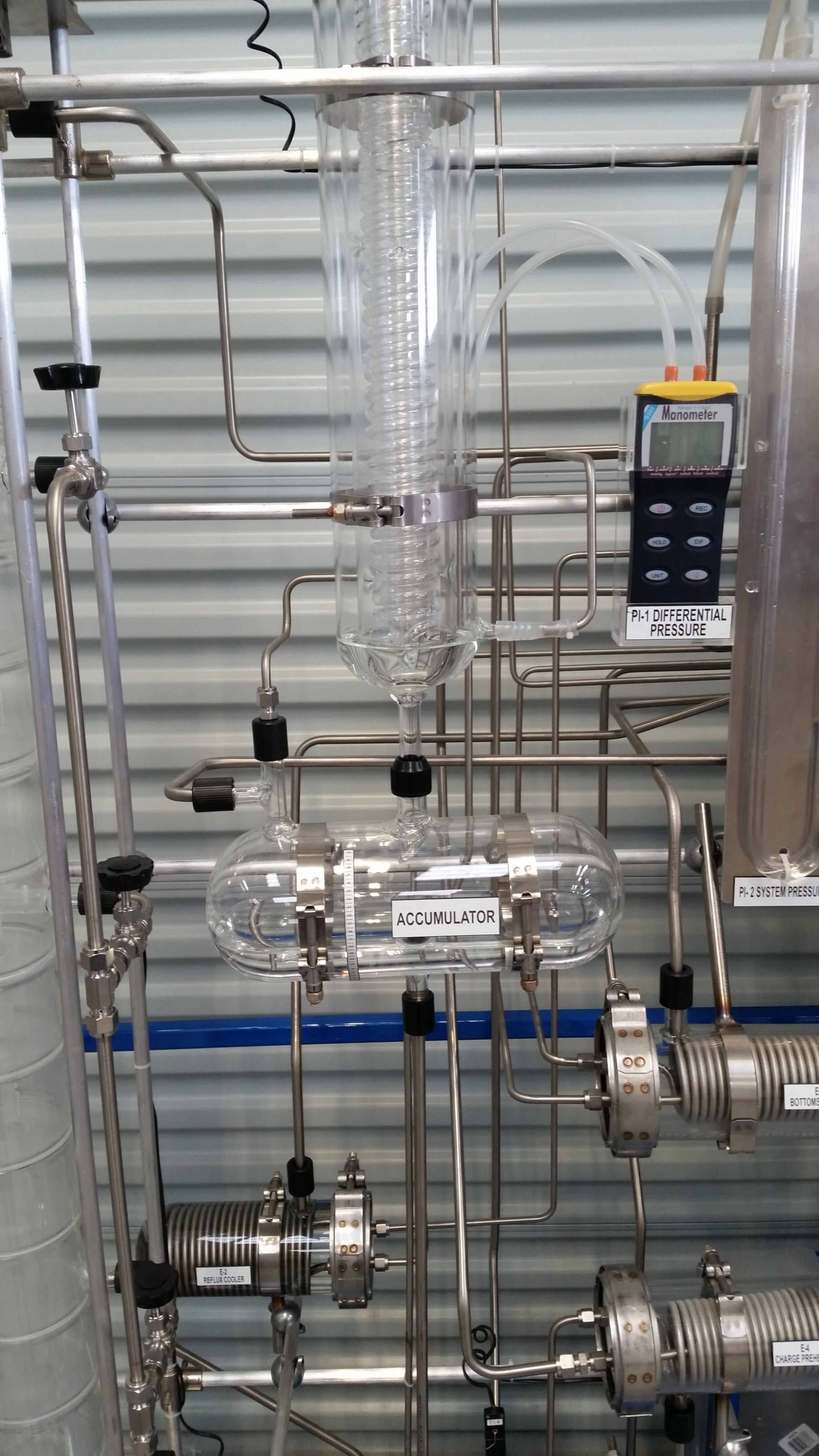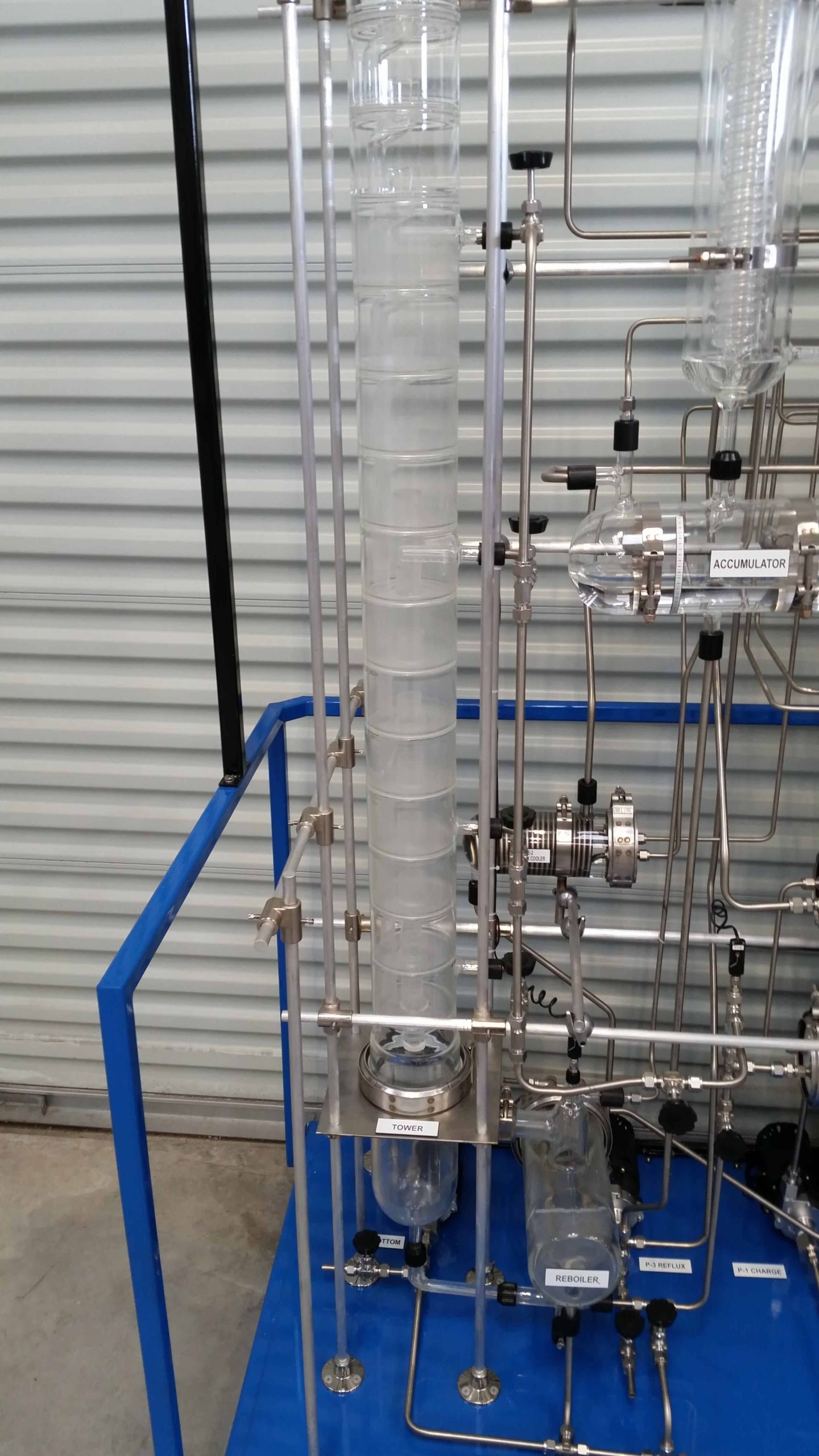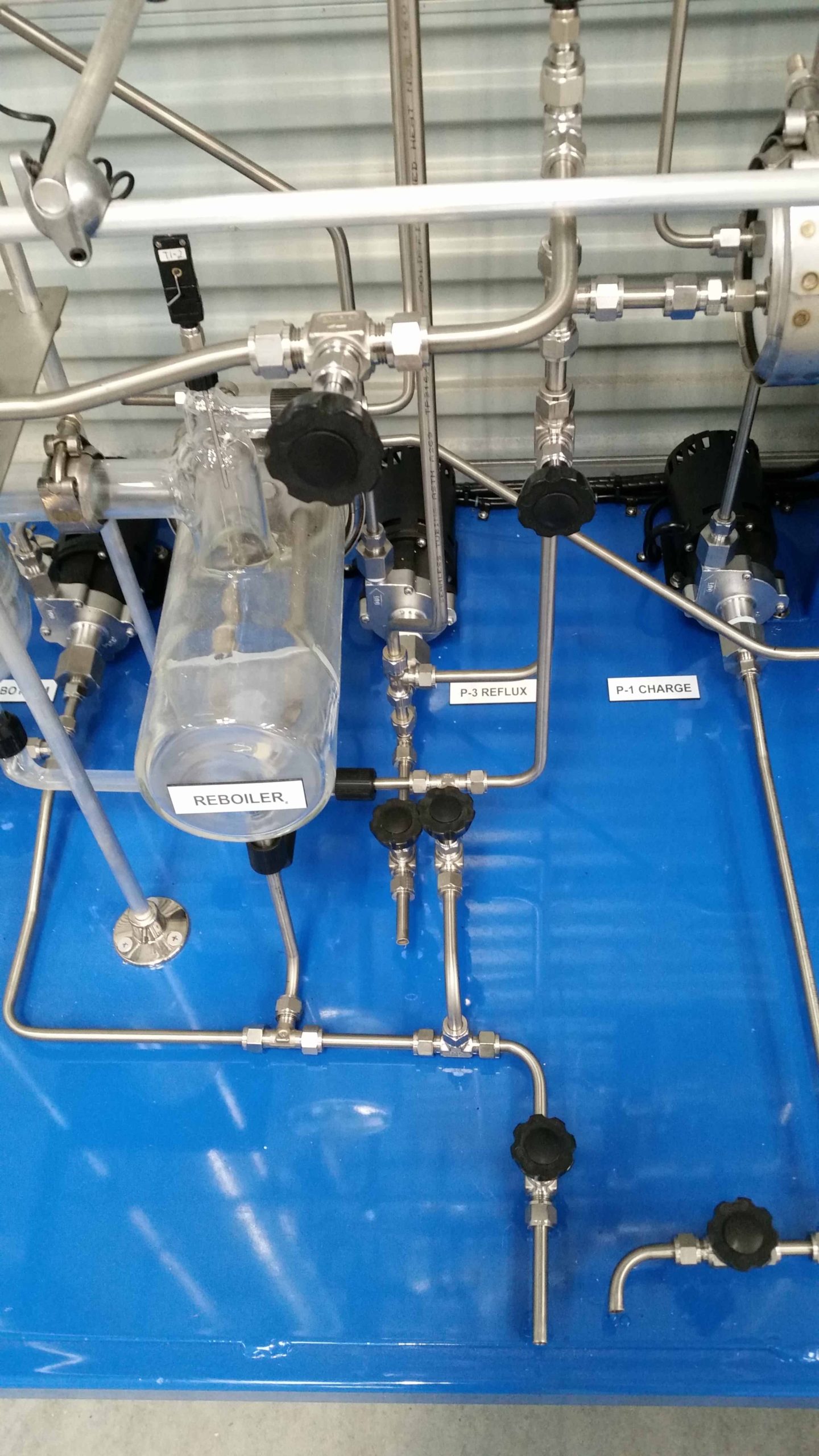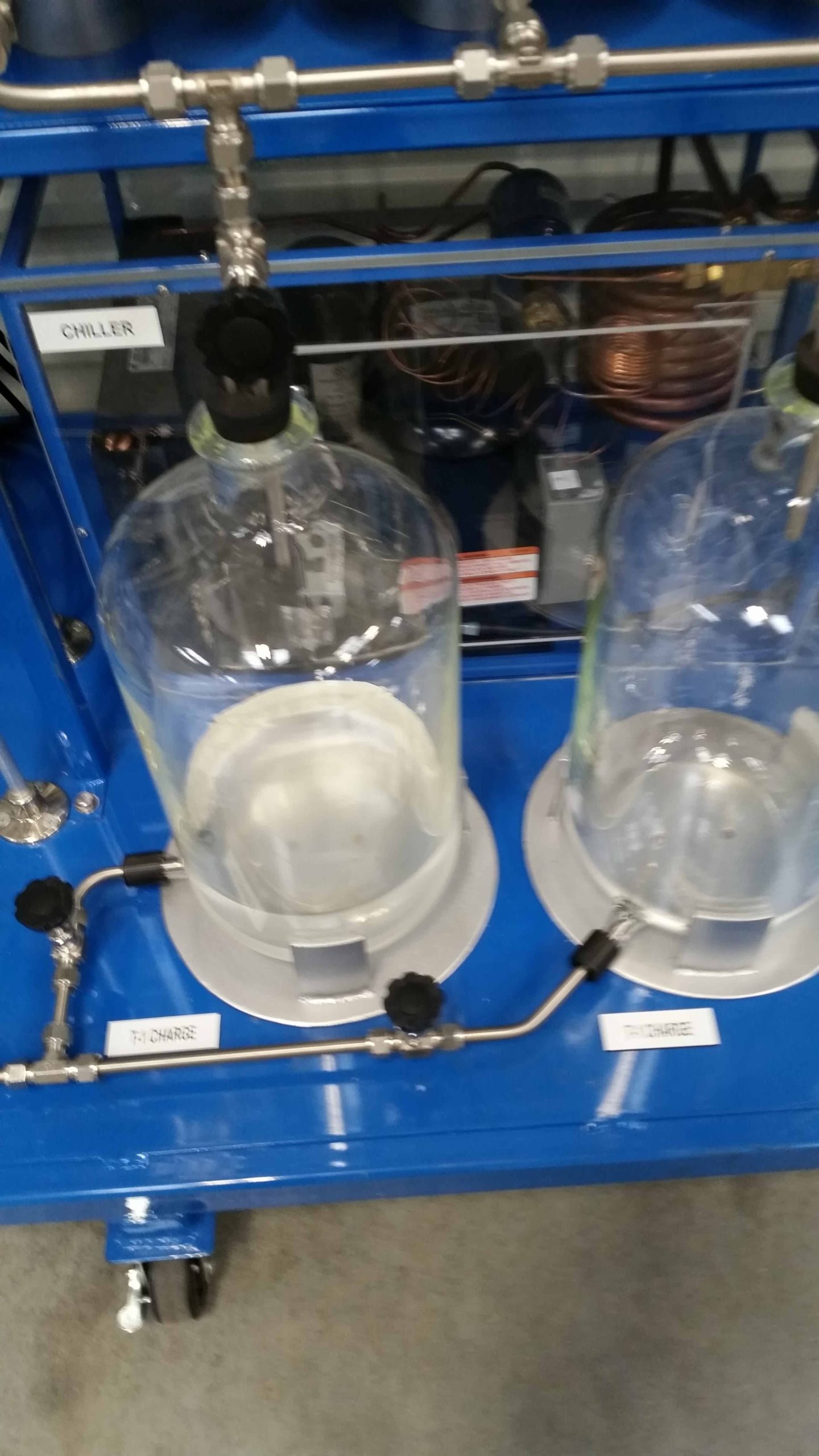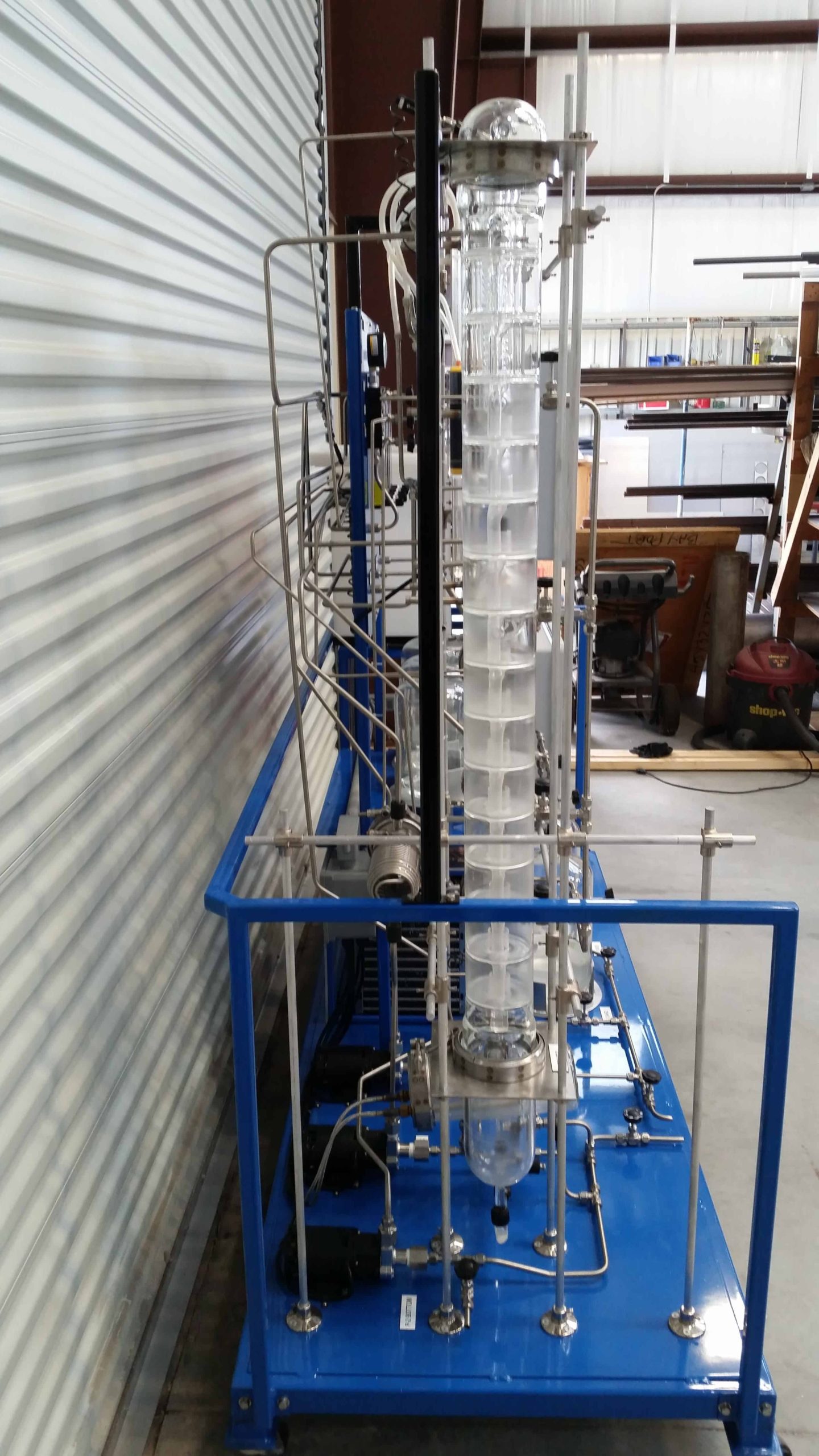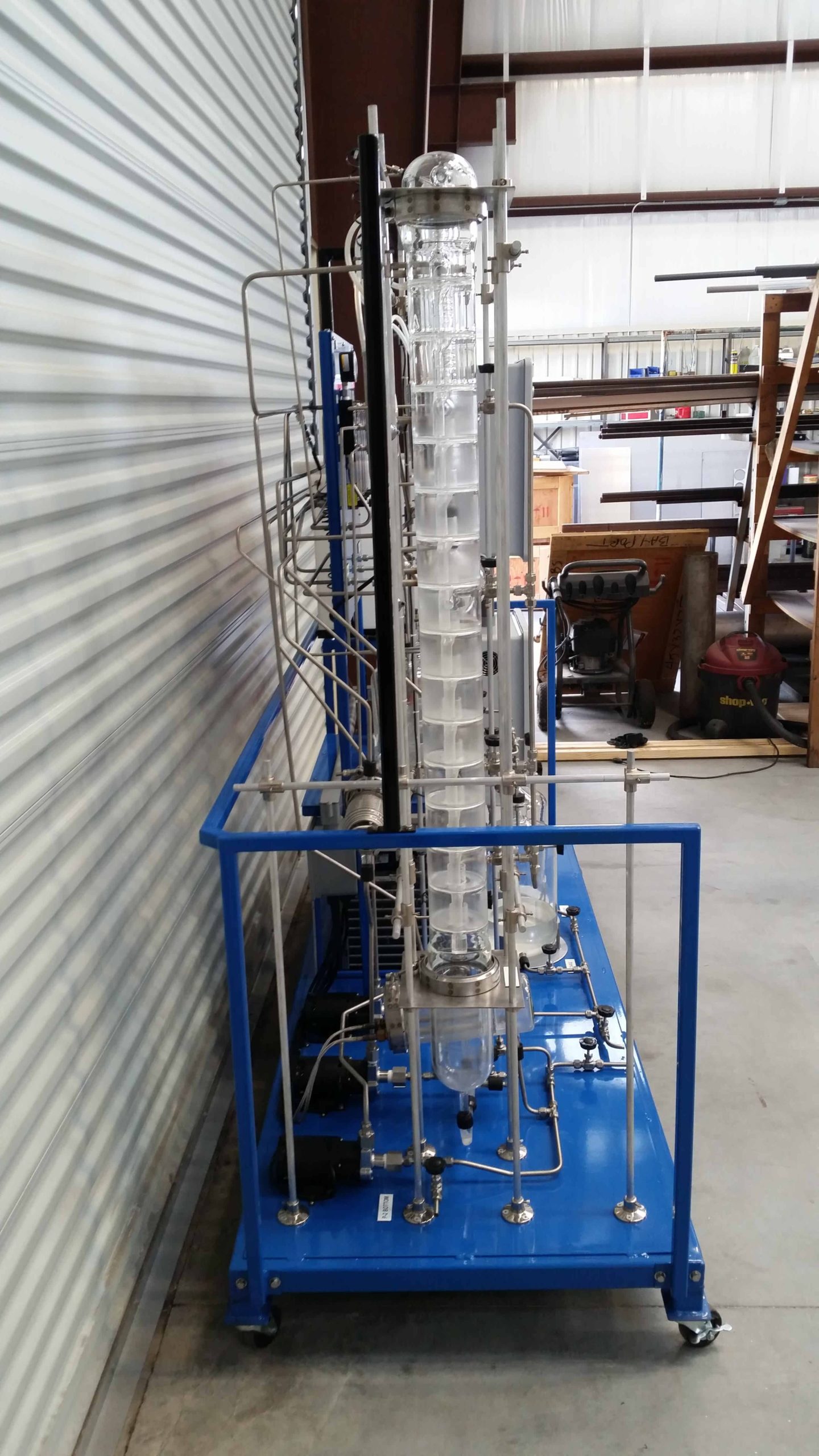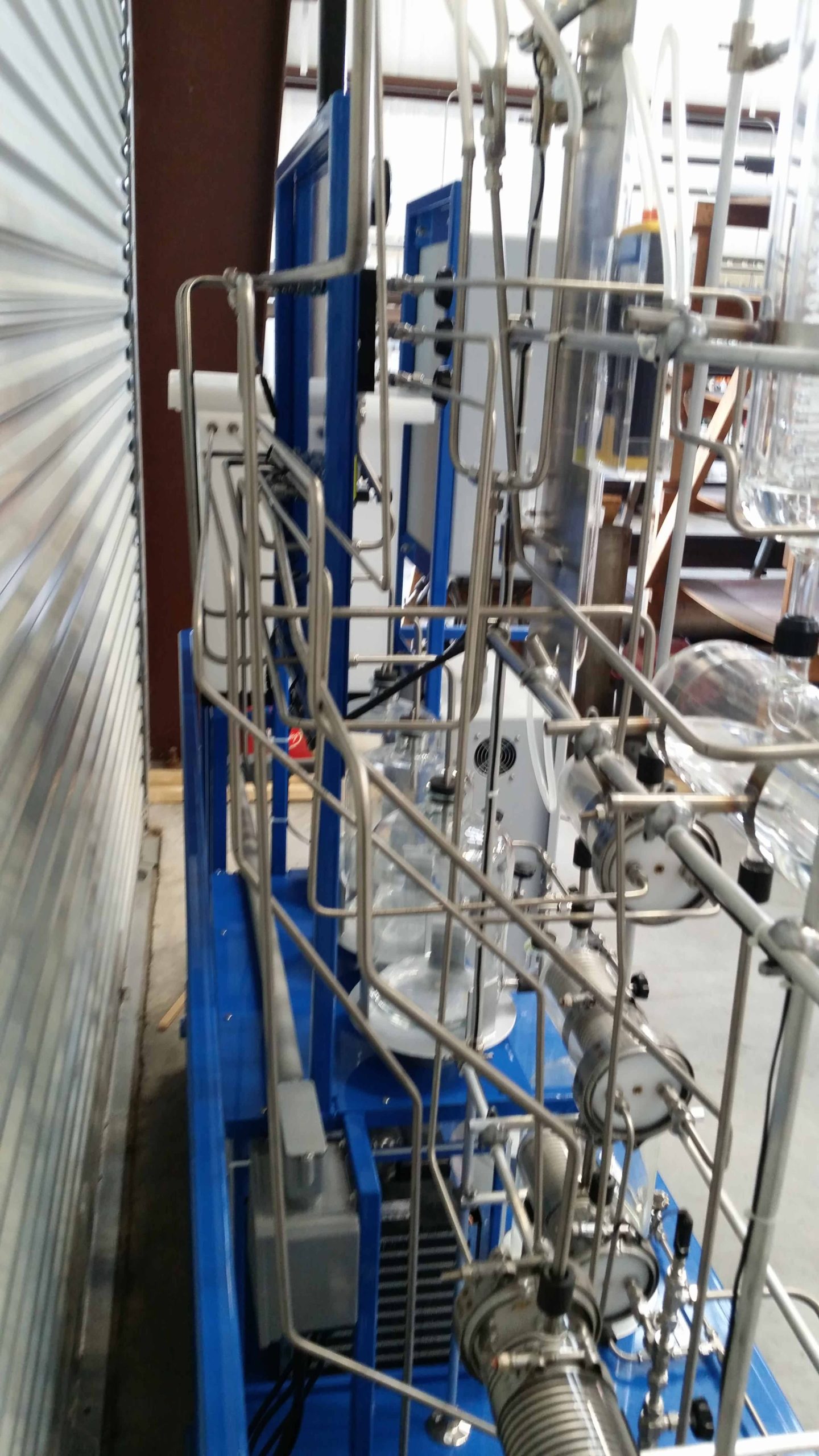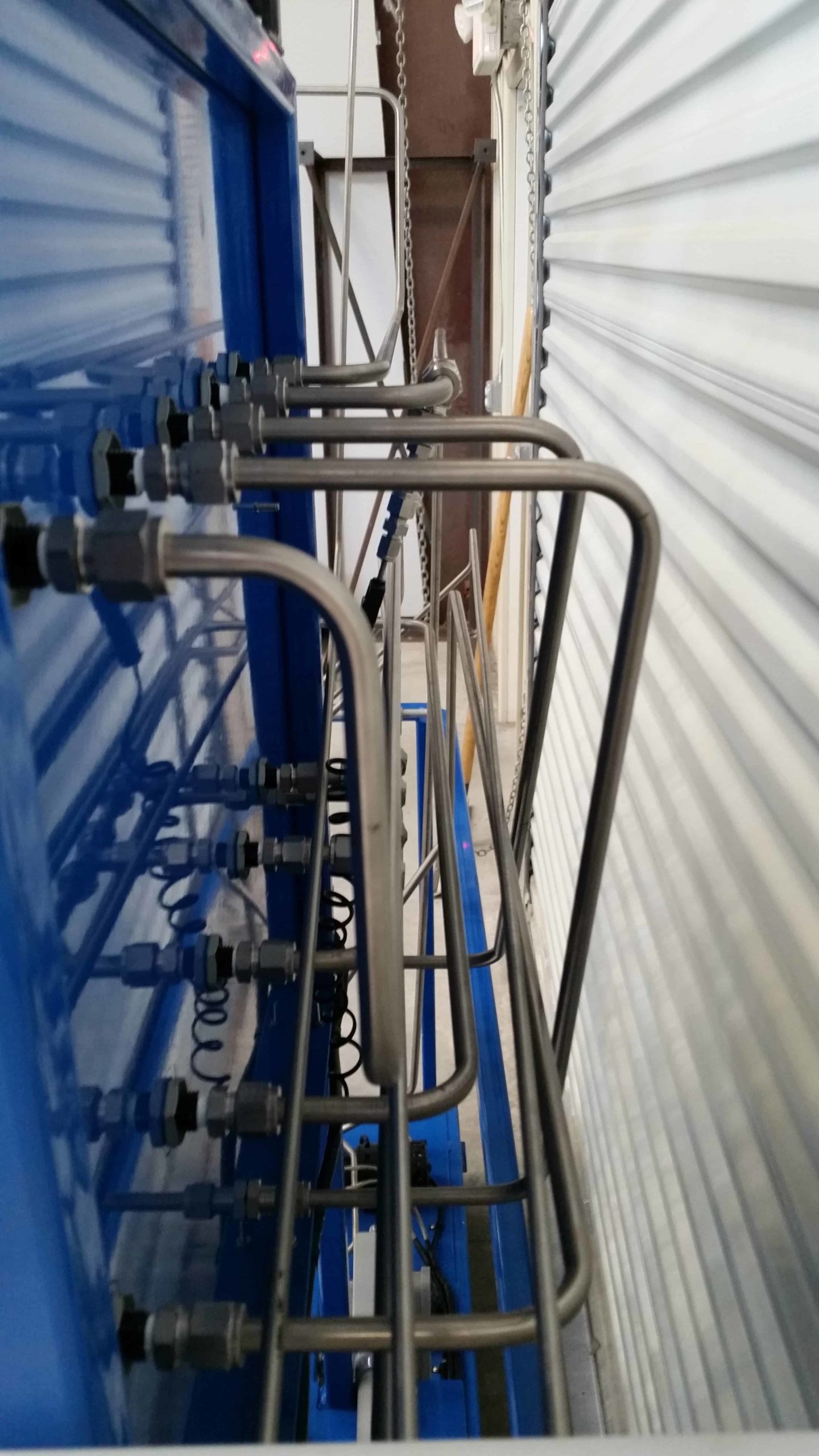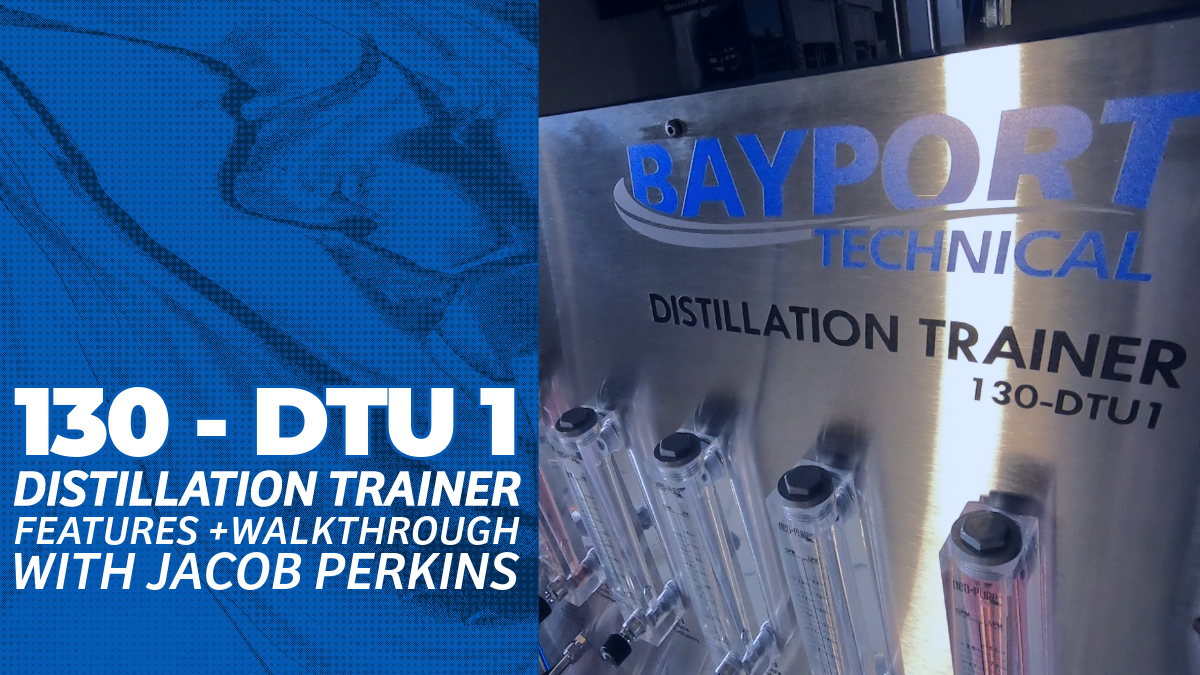How Does the Distillation Process Work?
Distillation is a common industrial process used to separate mixtures based upon the different conditions required for phase change of the mixture’s components. For example, distillation is a key process in crude oil refining. Crude oil is distilled into various component products, such as naphtha, kerosene, and gas oil, based upon the differences in their boiling points.
Industrial distillation takes place in a distillation tower or column. Although the process can be quite complex as it is customized for each particular application, the essential underlying process involves heating a mixture, such as crude oil, to force its components parts, each of which has a different boiling point, into the gas phase.
As the vapor rises in the distillation tower, it is eventually condensed back into a liquid and collected, either for final use or further refinement to increase its purity. In addition to crude oil, distillation is also commonly used for a wide variety of other applications, such as alcohol production, creation of liquefied gases, desalination, and chemical manufacturing.
Bayport Technical's Distillation Trainer - Glass, with Chiller (130-DTU1) is a full-size, working glass distillation unit. The 130-DTU1 is ideal for teaching the process of distillation, incorporating a stripper column in addition to the main column. The unit also includes a custom chilled water unit. The pressure system, temperature readouts & controls, pump switch panel, and flow controls are all centrally-located for ease of operation and safety.
As much glass as practical was used in the construction of the unit. Brass pumps and stainless steel valves, lines, and fittings are used in the main process system with some brass and plastic fittings in the water circulating and pressure control systems.
The Distillation Trainer - Glass, with Chiller provides hands-on experience with a variety of real industrial components, including: a column with 15 perforated trays; a reboiler; an overhead accumulator; a charge/product exchanger; four centrifugal pumps; five rotameters; three rundown tanks; two charge tanks; a digital manometer; and panel mount thermometers.

